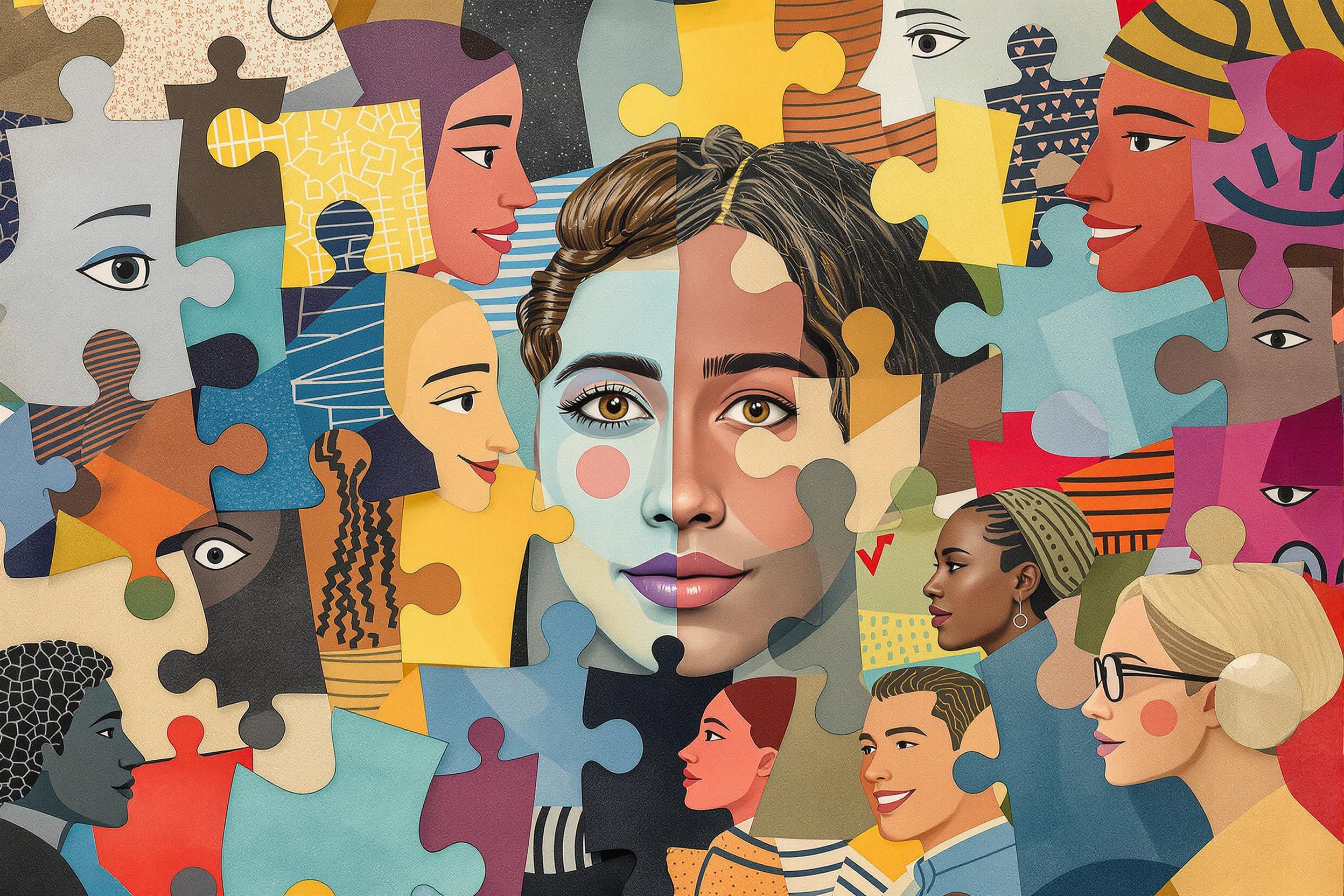
Color Theory
Color Theory is a set of guidelines that artists and designers use to create visually appealing work by understanding how colors work together. It's like having a roadmap for choosing and combining colors effectively. This knowledge helps illustrators create artwork that conveys the right mood and message for books, especially children's books. Artists use Color Theory to make their illustrations more engaging, ensure text is readable, and create a consistent look throughout a book. It's similar to how a chef knows which flavors work well together, but with colors instead of ingredients.
Examples in Resumes
Applied Color Theory principles to create emotionally resonant children's book illustrations
Used Color Theory knowledge to develop cohesive color palettes for a series of educational books
Leveraged Color Theory and Color Harmony to ensure illustrations aligned with publisher brand guidelines
Typical job title: "Book Illustrators"
Also try searching for:
Where to Find Book Illustrators
Professional Organizations
Online Communities
Job Resources
Example Interview Questions
Senior Level Questions
Q: How do you approach creating a consistent color palette for a book series?
Expected Answer: A senior illustrator should explain their process for developing color schemes that maintain visual consistency across multiple books while keeping each book unique. They should mention consideration of brand guidelines, target audience, and practical printing constraints.
Q: How do you adapt your color choices for different age groups?
Expected Answer: Should demonstrate understanding of how color preferences and effectiveness vary by age group, such as bright primary colors for young children versus more sophisticated palettes for older readers.
Mid Level Questions
Q: How do you use color to create mood in your illustrations?
Expected Answer: Should be able to explain how different color combinations can evoke specific emotions and how they choose colors to support the story's themes and atmosphere.
Q: What considerations do you make when choosing colors for print versus digital formats?
Expected Answer: Should discuss understanding of how colors may appear differently in print versus on screens, and how to prepare illustrations for both formats.
Junior Level Questions
Q: Can you explain the basic color wheel and primary colors?
Expected Answer: Should be able to explain the basic relationship between primary, secondary, and complementary colors, and how this knowledge helps in creating balanced illustrations.
Q: How do you ensure your color choices don't interfere with text readability?
Expected Answer: Should demonstrate understanding of contrast and how to create illustrations that work well with text overlay without compromising readability.
Experience Level Indicators
Junior (0-2 years)
- Basic understanding of color wheel
- Knowledge of primary and secondary colors
- Simple color combinations
- Basic digital color tools
Mid (2-5 years)
- Advanced color palette creation
- Color psychology implementation
- Print vs digital color adaptation
- Brand color guidelines compliance
Senior (5+ years)
- Complex color palette development
- Color strategy for book series
- Color trend forecasting
- Team color direction
Red Flags to Watch For
- Cannot explain basic color relationships
- No knowledge of how colors affect mood
- Lack of understanding about print versus digital color differences
- Unable to maintain color consistency across multiple illustrations
Related Terms
Need more hiring wisdom? Check these out...

Culture Add vs Culture Fit in Hiring: Why It May Be Time to Rethink Your Approach

The Art of Selecting Great People: A Leader's Most Critical Skill

Unlocking Team Potential: Personality Mapping for Dynamic Management

